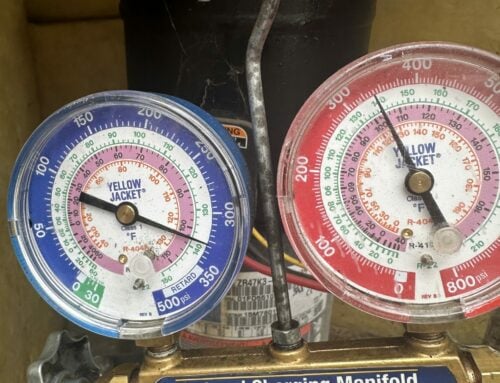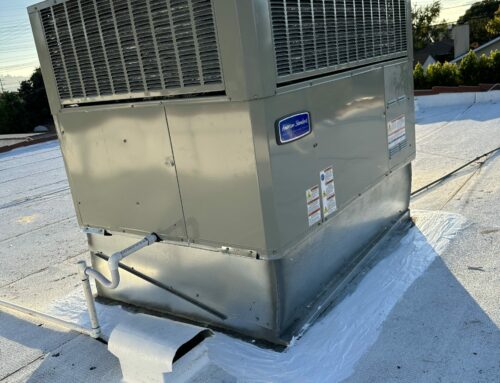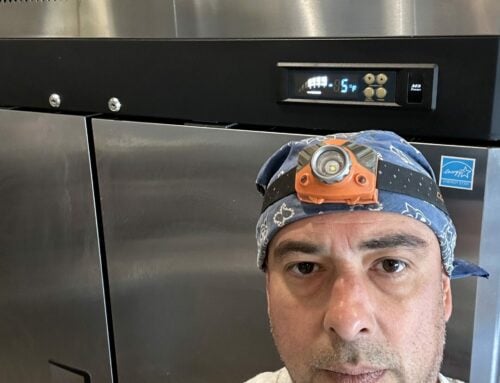It’s a common misconception that gas-powered furnaces don’t use electricity. In fact, gas furnaces use electricity to power various components that are essential for their operation. In this article, we’ll explain how your gas furnace uses electricity and why it’s important to understand this aspect of your heating system.
Gas furnaces are a popular heating option in many homes because they are efficient and cost-effective. They burn natural gas to produce heat, which is then distributed throughout your home via ducts and vents. However, despite the reliance on gas as the primary source of fuel, there are a few key electrical components that are essential to the operation of a gas furnace.
The first and most obvious component that requires electricity is the blower motor. The blower motor is responsible for circulating the warm air throughout your home. Without it, the heat produced by the furnace would remain trapped in the unit and would not be able to warm up your living space. The blower motor uses electricity to power its fan, which pulls the warm air from the furnace and distributes it throughout your home.
Another key electrical component of a gas furnace is the ignition system. In older furnaces, a pilot light was used to ignite the gas and start the heating process. However, in more modern furnaces, an electronic ignition system is used instead. This system uses a small electric spark to ignite the gas, which eliminates the need for a constant pilot light. The electronic ignition system is more efficient than a pilot light because it only uses electricity when the furnace is starting up.
The third electrical component of a gas furnace is the control board. The control board is the brain of the furnace, and it’s responsible for regulating the temperature, airflow, and other important functions. The control board uses electricity to operate sensors and switches that control the operation of the furnace. It also communicates with the thermostat to ensure that your home stays at the desired temperature.
Finally, many gas furnaces use an electric thermostat to control the operation of the furnace. The thermostat is responsible for turning the furnace on and off as needed to maintain the desired temperature in your home. When the temperature drops below the set point, the thermostat sends a signal to the furnace to turn on. Once the temperature reaches the desired level, the thermostat sends a signal to turn the furnace off. This process repeats as needed to keep your home at a comfortable temperature.
It’s worth noting that some gas furnaces also have additional electrical components, such as electronic air cleaners or humidifiers. These components are not essential for the operation of the furnace itself, but they do require electricity to function.
Now that we’ve covered the key electrical components of a gas furnace, let’s talk about why it’s important to understand how your furnace uses electricity. The first reason is that it can help you troubleshoot problems with your furnace. If your furnace is not working properly, understanding which components require electricity can help you narrow down the cause of the problem. For example, if the blower motor is not working, you can check to make sure that it’s receiving power.
Understanding how your furnace uses electricity can also help you save money on your energy bills. By knowing which components require electricity, you can take steps to minimize their energy usage. For example, you can replace an older blower motor with a newer, more efficient model that uses less electricity. You can also upgrade to a programmable thermostat, which can help you optimize your furnace’s operation and reduce your energy usage.
Another reason to understand how your furnace uses electricity is that it can help you prepare for power outages. While it’s true that gas furnaces can still operate during a power outage, they still rely on electricity to function properly. If you have a generator or other backup power source, it’s important to know which components of your furnace require electricity so you always have an uninterrupted heat during the coldest months of the year.
Call California AC & Heating for any of your furnace and heating needs! We’re here to help!



